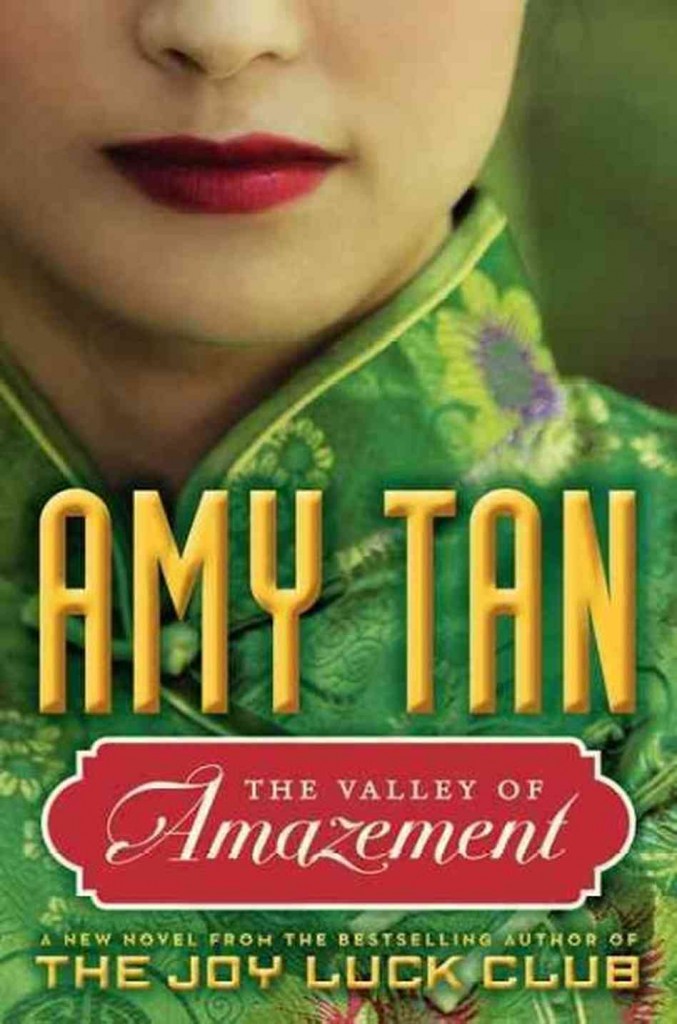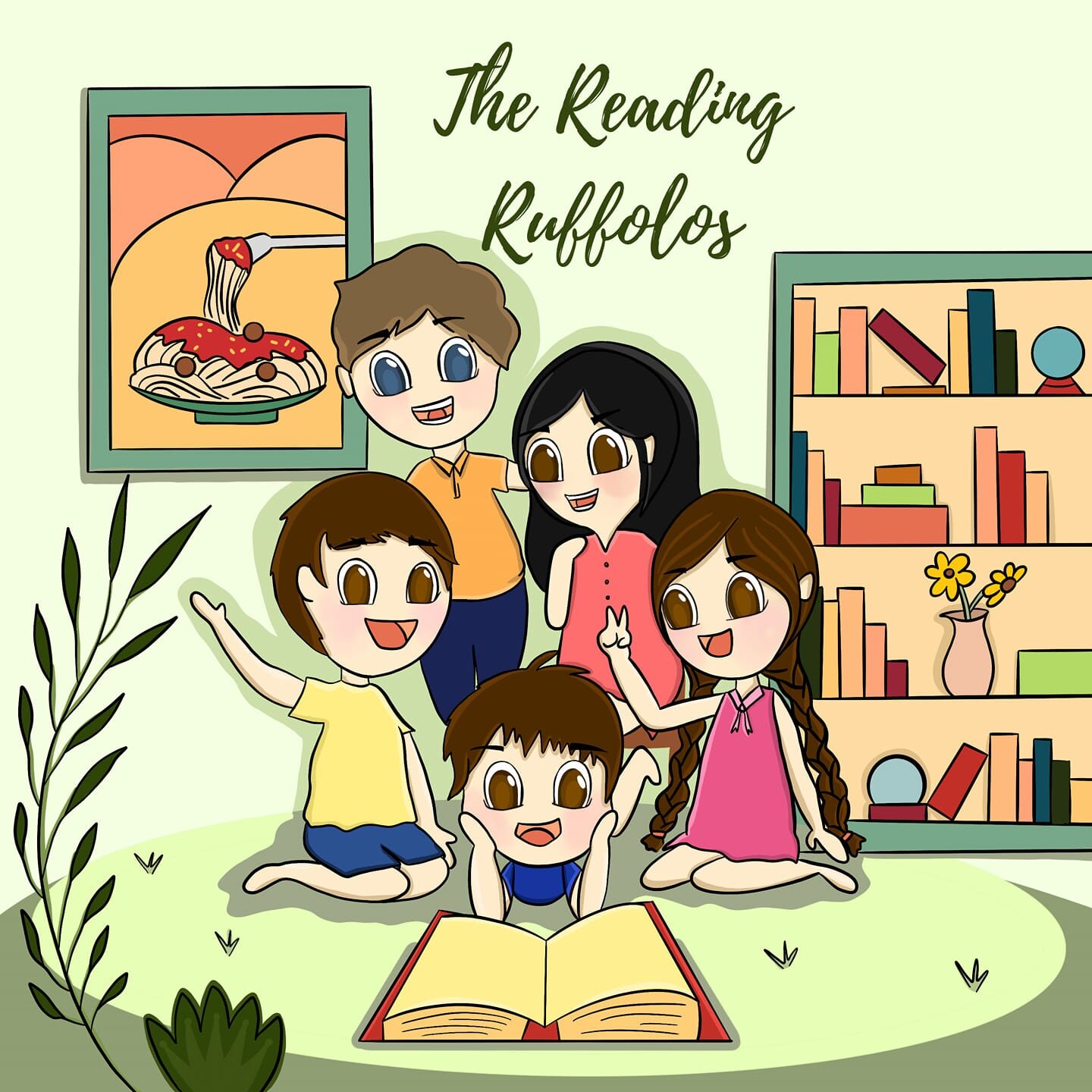
Amy Tan is back after eight years with her latest book “The Valley of Amazement” and once again, she delves into a subject that she can write with much passion and jarring details. This one is not for the uninitiated lest they find themselves scandalized by several chapters of sexual encounters and vivid descriptions of anything related to carnal desires in the life of the story’s main character, Violet.
It is 1912, Shanghai, China and the spoiled Violet Minturn – the daughter of the American national Lucia/Lucretia/Lulu Minturn, owner of the famous courtesan house, Hidden Jade Path – was kidnapped by Fairweather, her mother’s overbearing, insincere lover. She was supposed to join her mother in a boat leaving for San Francisco, where they hoped to start a new life away from the uncertainties of China. What follows next are chronicles of grief and despair as Violet becomes a courtesan, a first-class man pleaser who waged a war against herself in defining love and opening her heart in accepting the Chinese part of her individuality.
The Valley of Amazement strikes the readers with the usual mother-daughter theme that Tan has been writing about since she debuted 24 years ago with The Joy Luck Club. In addition to The Joy Luck Club (1989), Tan has written extensively about the love-hate relationship typical between mother and daughter in The Kitchen God’s Wife (1991), Two Kinds (2000) and The Bonesetter’s Daughter (2001). Her 1995 novel, The Hundred Secret Senses, dealt with family relationship but this time revolved around the relationship of two sisters.
More than two decades after The Joy Luck Club, Tan still writes about her most favorite subject with an appetite of a tiger: ever ready to pounce at every detail that needs to be exposed. I wonder if she intends to keep up with the theme in the years to come. What else is there left to expound about the connection (or the lack thereof) between mother and daughter? I have a feeling Tan is not done yet and will go on to write at least one more novel on this subject.
The Valley of Amazement is not Tan’s best but there is something in reading a novel when you’re a mother yourself that strikes the deepest recesses of a vulnerable heart. There is nothing special about the plot – no unexpected twists and turns – but the words used in the novel’s last 16 pages were enough to ask what it would be like had I been (unfortunately) been placed in the shoes of one of the characters.
The Valley of Amazement showers the readers with a detailed account of the making of a Chinese courtesan that brings to mind Arthur Golden’s Memoirs of a Geisha. So tragic are the stories of Violet and her mother that I was tempted to ask if anyone is adapting this book for a telenovela (drama series). The book finds redemption in Magic Gourd/Magic Cloud/Happy Chen, who was the book’s comic relief. She is lovable and annoying at the same time and offers a brief respite in a novel that is laden with suffering, anger and anguish.
No “virgin” reader should attempt to read this book. It’s difficult to understand without basic knowledge of the terms: Entering the Pavilion, Oyster in the Turtle Shell, Rousing the Warrior and Threading the Needle. If any untouched/pristine/immaculate soul dares to open The Valley of Amazement, he/she might consider this as his/her initiation. That being said, I also encourage the reader to brush up on Chinese history so you don’t get confused in the seemingly illogical and absurd traditions believed and practice by the people from the Middle Kingdom.
***
Disclosure of Material Connection: Some of the links in the post above are “affiliate links.” This means if you click on the link and purchase the item, I will receive an affiliate commission. Regardless, I only recommend products or services I use personally and believe will add value to my readers. I am disclosing this in accordance with the Federal Trade Commission’s 16 CFR, Part 255: “Guides Concerning the Use of Endorsements and Testimonials in Advertising.”



